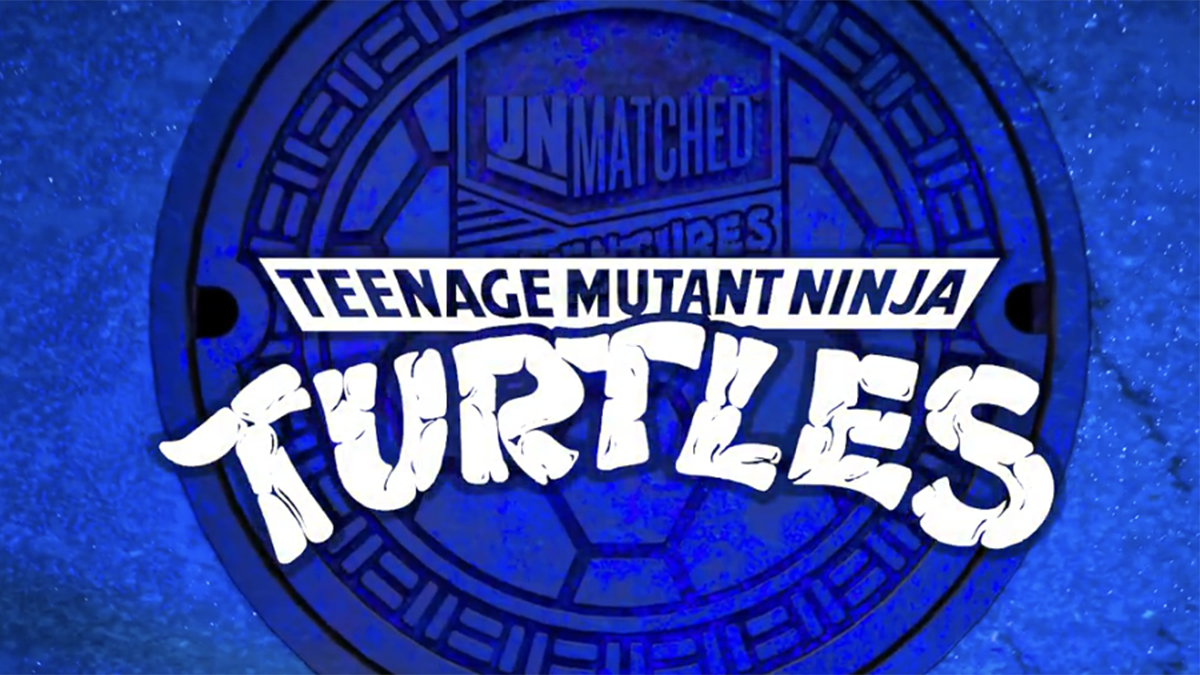Netflix's New Price Increase Stalled Growth With Low-Income Consumers
While Netflix is the biggest streaming platform on the block, it isn't doing so well with [...]
While Netflix is the biggest streaming platform on the block, it isn't doing so well with low-income consumers.
A new report released by Earnin reveals that while overall growth of streaming platforms is on the rise, Netflix is struggling to increase in the low-income market, and its recent price increase isn't helping. Earnin is a payday loan service whose consumers are low-income typically, and their latest report shows that growth amongst that audience for Netflix has effectively stalled (via Variety).
As you can see in the chart below, Netflix ebbs and flows over the line but never really deviates far from it either way, while Hulu has steadily gone up since 2013 and Youtube has seen a recent increase starting in 2017. Netflix recently increased their prices, which raised its HD tier from $9.99 to $10.99. If you want a family plan, which allows you to stream to multiple devices, the new price on that plan is $13.99, which was raised from $11.99.

That might not seem like a huge increase, but when compared to Hulu's $7.99 option you can see the value proposition there and how those extra few dollars a month can add up quickly, something Earnin economist Peter Griffin pointed out on his blog.
"When Netflix raised its prices over six months in 2016, market share (in total dollars) grew accordingly," Griffin said. "In 2018, the increase deterred new subscribers living paycheck to paycheck from joining the platform while Hulu and YouTube grew memberships in that period by 4.5% and 15% respectively."
Earnin compiled the data from their customer's bank transactions, which they use to verify income. As part of this research, it also learned that one in eight Earnin users had an overdraft fee because of a subscription service, which can add up immensely quickly. You can see then how going with the cheaper alternative or no alternative at all can be a priority. Granted, this is only sourced from their app, but still offers some insight into this issue.
There's also the worry of overdraft fees, which can happen when a recurring payment can't process due to lack of funds. There have been recent updates to bank regulations that can stop this from happening, but those do not pertain to recurring payments, something that most streaming services use.
"Streaming services cost about $0.80 more per month once you account for the chance they trigger an overdraft," said Griffin. "Over the past 12 months, this additional cost has averaged $0.78, $0.83, $0.79 more a month for Netflix, Hulu, and YouTube, respectively."




